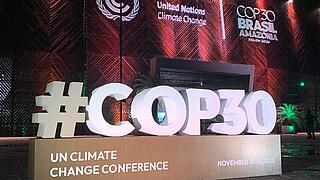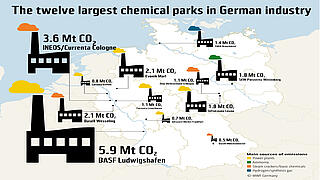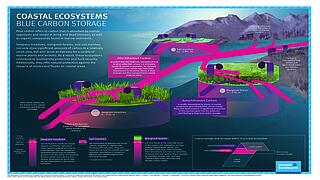The goal is clear: dangerous global temperature rise must be kept to 1.5 °C or below in order to avoid devastating consequences for humans and the environment. As a contribution to the Paris Agreement, Germany has pledged to reduce its greenhouse gas emissions by at least 65% by 2030 compared with 1990 levels. Germany aims to achieve climate neutrality by 2045. Key elements of a successful energy transition are the exit from fossil fuels, particularly coal and gas, and a switch to renewable energies, energy efficiency and energy-saving.
In order to achieve these goals, Germany must go further than its current commitments. Radical restructuring of its power generation, agricultural production and industry is key, along with a transition to low-carbon mobility. There must also be changes in the way heating is supplied to the building stock and electricity is used in private households. In its research studies, the Oeko-Institut spotlights the various sectors’ progress towards their respective goals and identifies the solutions and policy measures that are needed to close the gaps. To that end, the researchers develop scenarios based on the German climate targets and assess their environmental, economic and social impacts.













